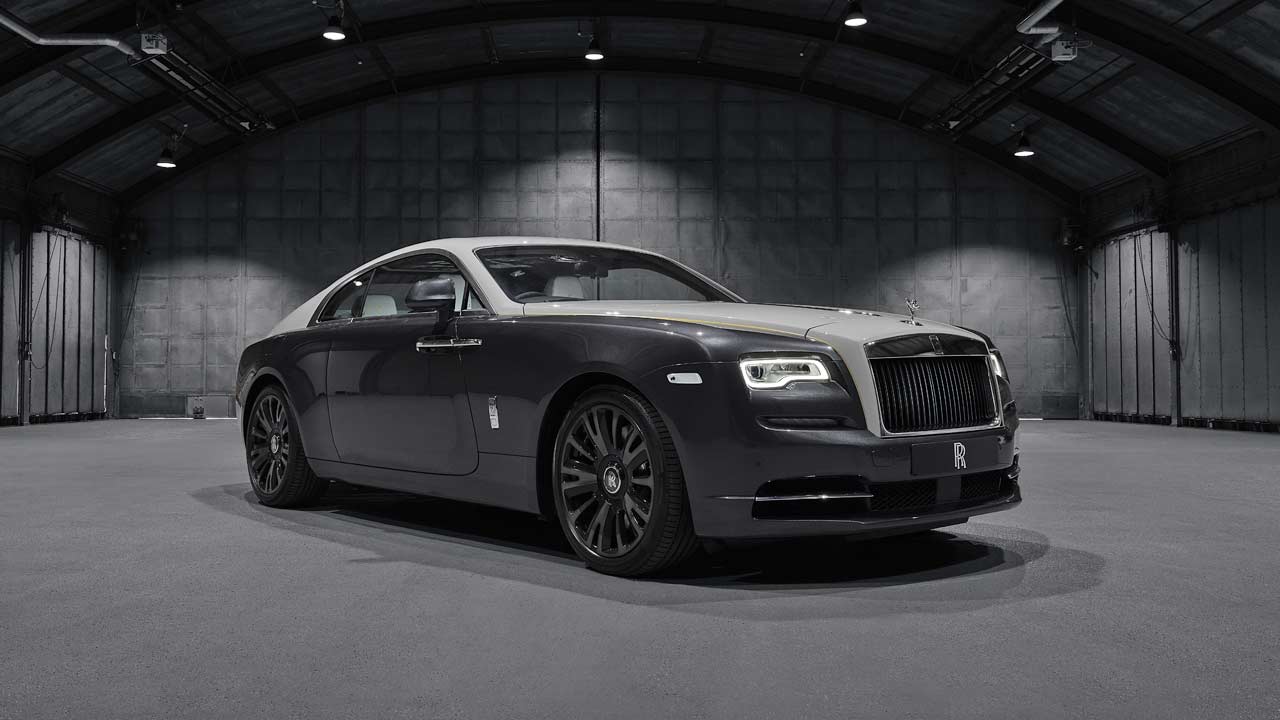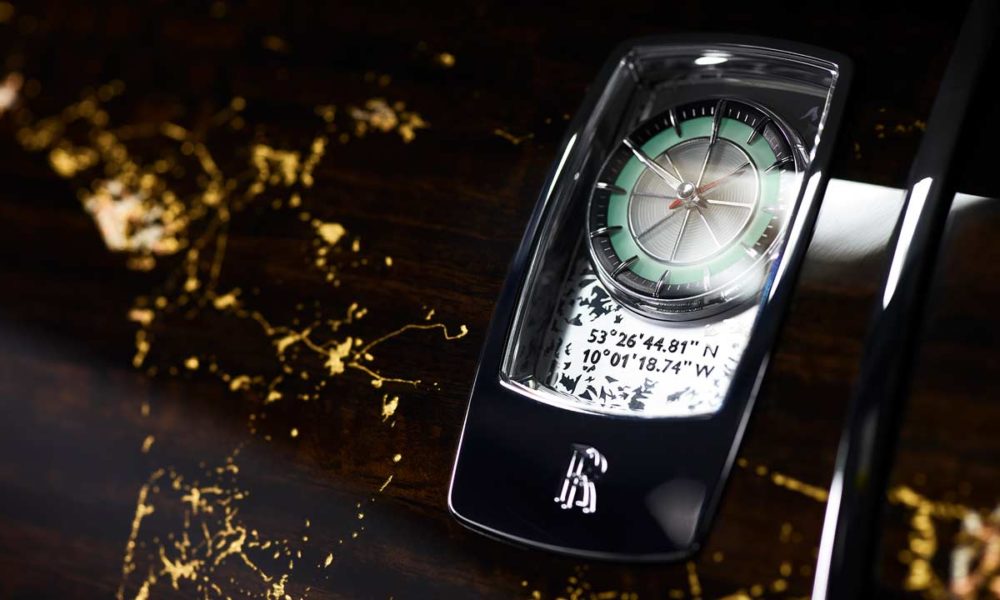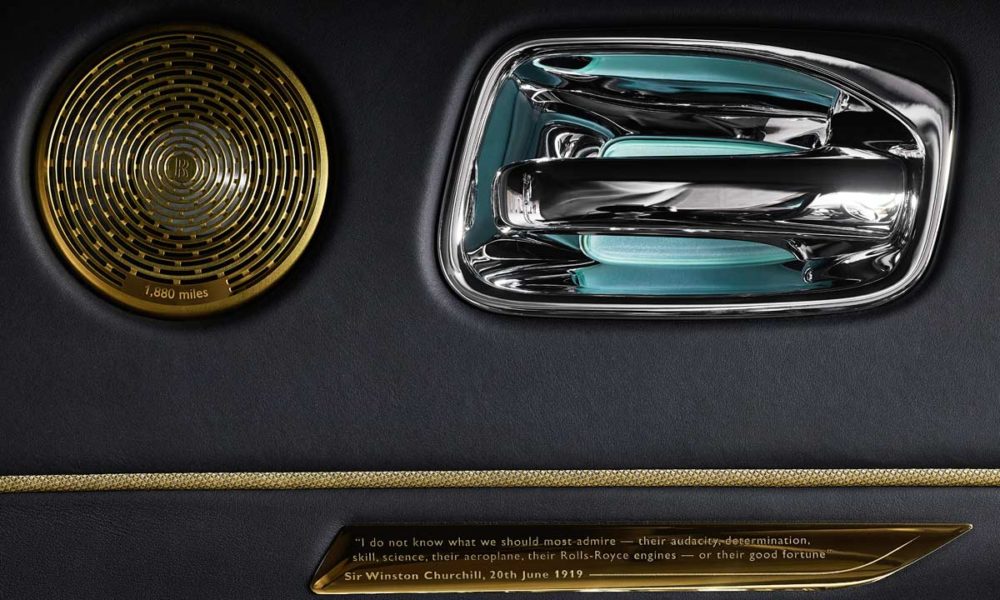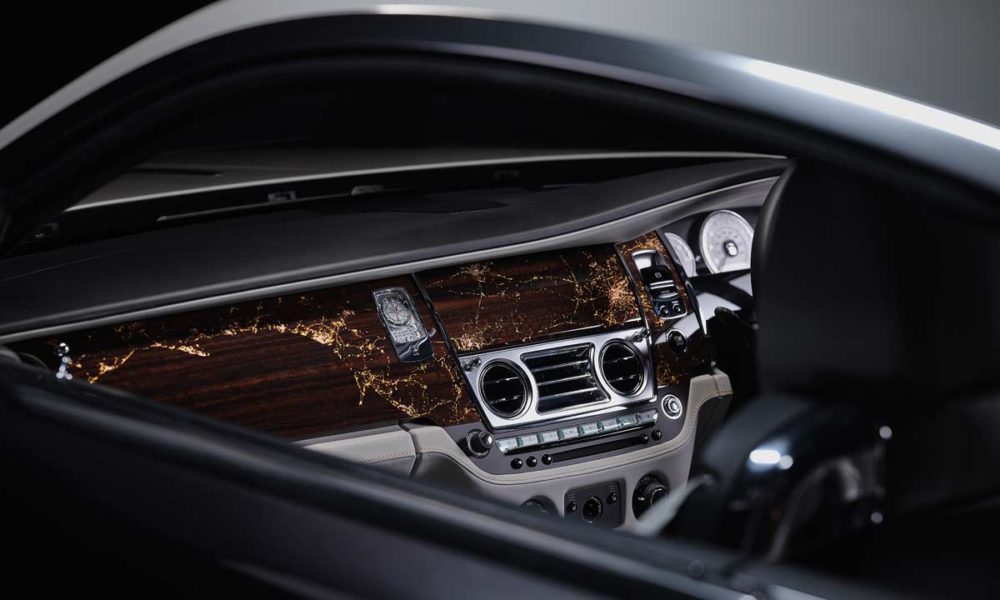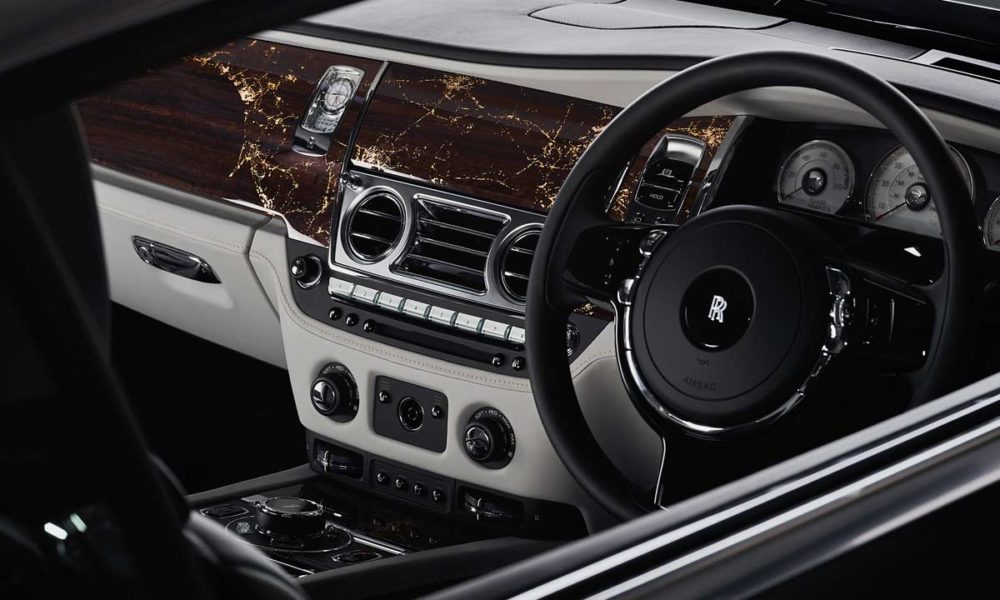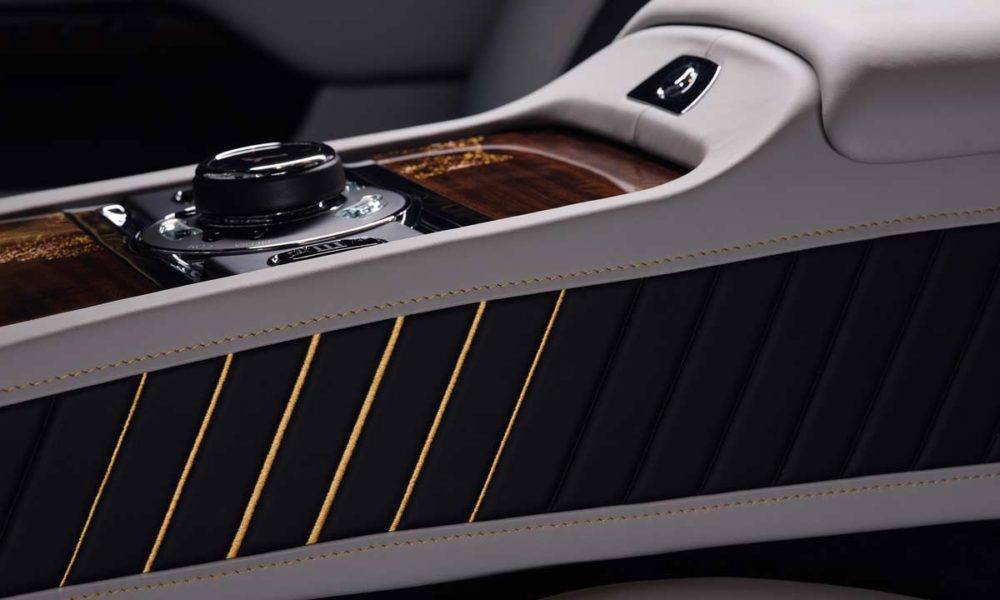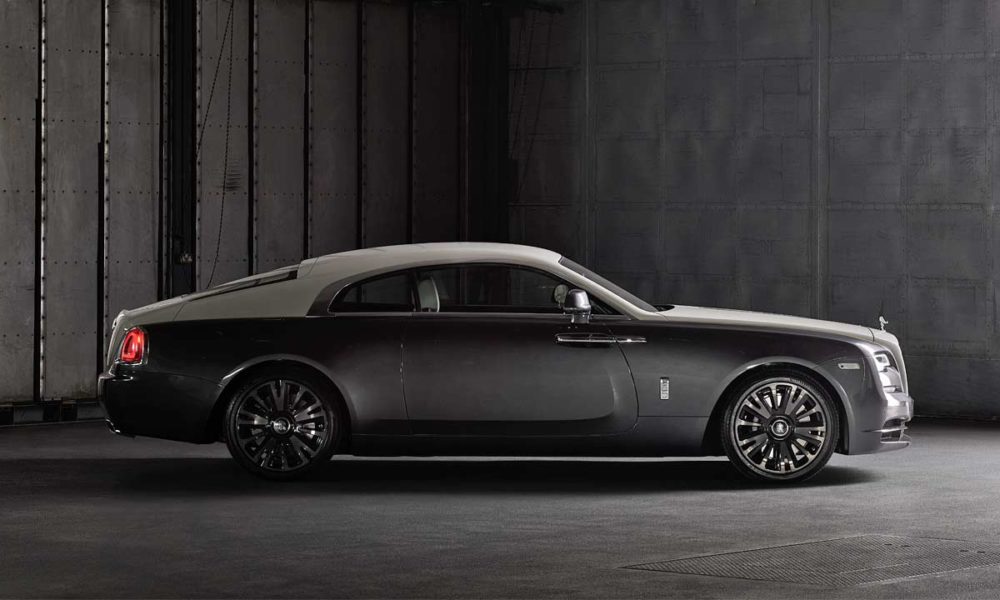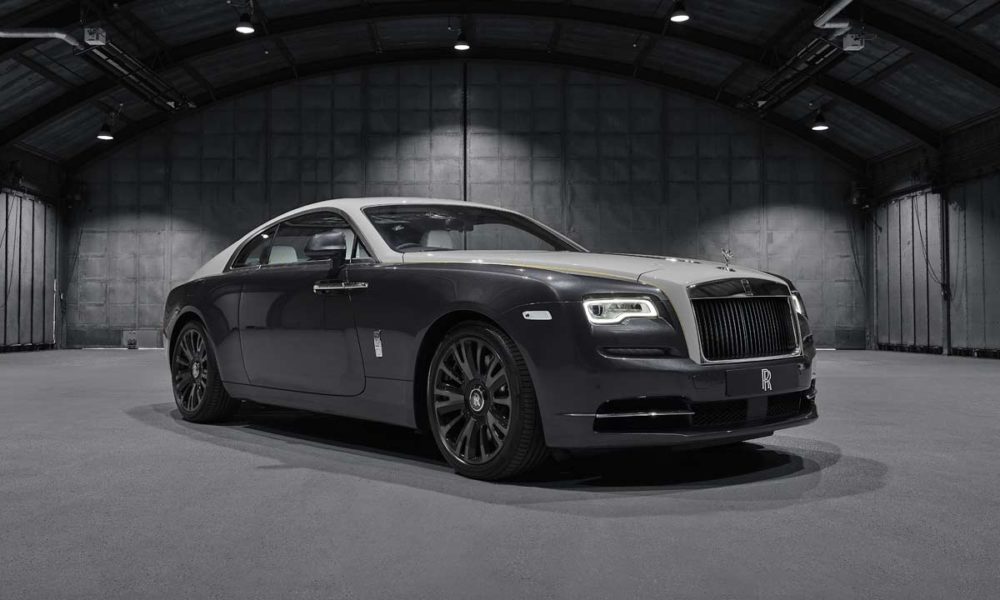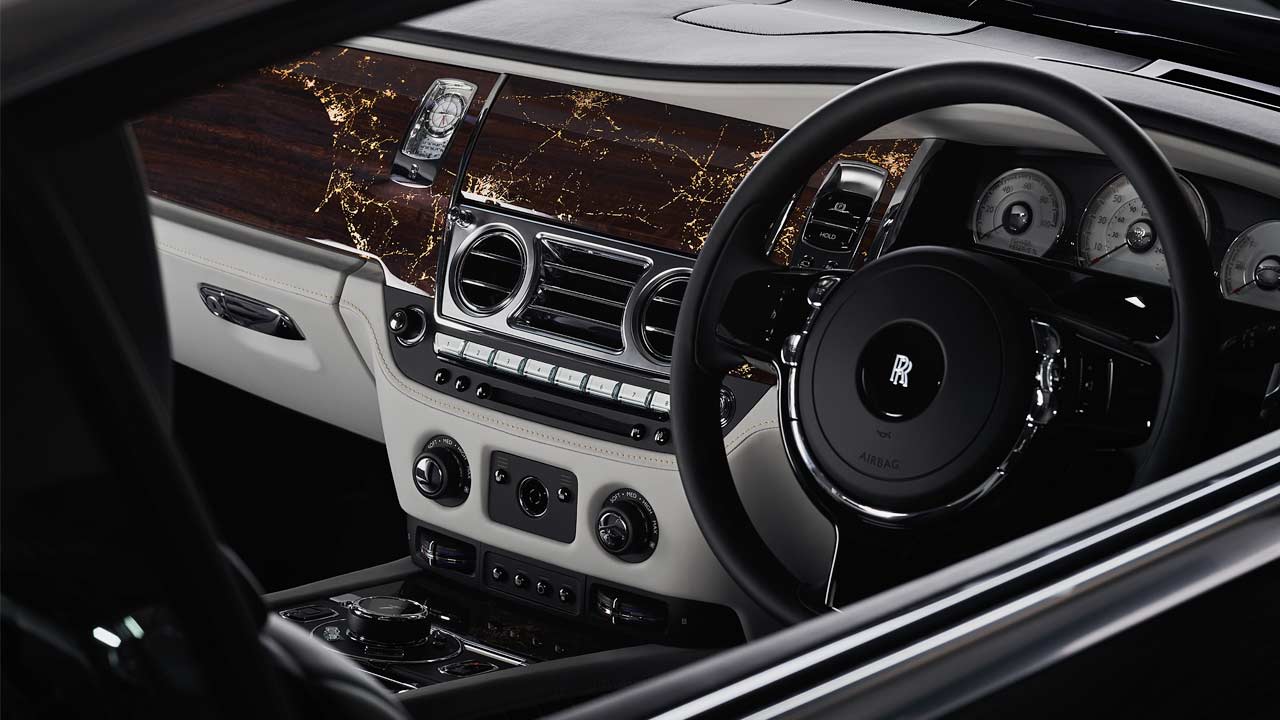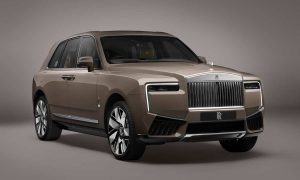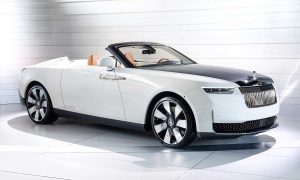One of the cars that were showcased on the shores of Lake Como at this year’s Concorso d’Eleganza Villa d’Este, was this Rolls-Royce Wraith Eagle VIII that tells a fascinating story of the 20th century.
British aviators Captain John Alcock and Lieutenant Arthur Brown made the first non-stop transatlantic flight from St. John’s, Newfoundland to Clifden, Ireland in June 1919, in a modified First World War Vickers Vimy bomber aircraft. The bi-plane was powered by 2 × 20.3-litre, 12-cylinder, 360 hp, Rolls-Royce Eagle VIII engines. This was, of course, the time when both car and aviation businesses were still together.
Apparently, the duo suffered every conceivable challenge an aviator could face. Their radio and navigation instruments failed almost immediately, leaving the pilots flying unaided at night through the dense cloud and freezing fog for many hours, sometimes upside down. The Eagle VIII engines, however, were the only components that proved indestructible; they propelled the voyage at speeds averaging 115 mph or 185 km/h. Eventually, they emerged from the cloud and using Brown’s extraordinary skills as a navigator, flew by the stars to the coast of Ireland.
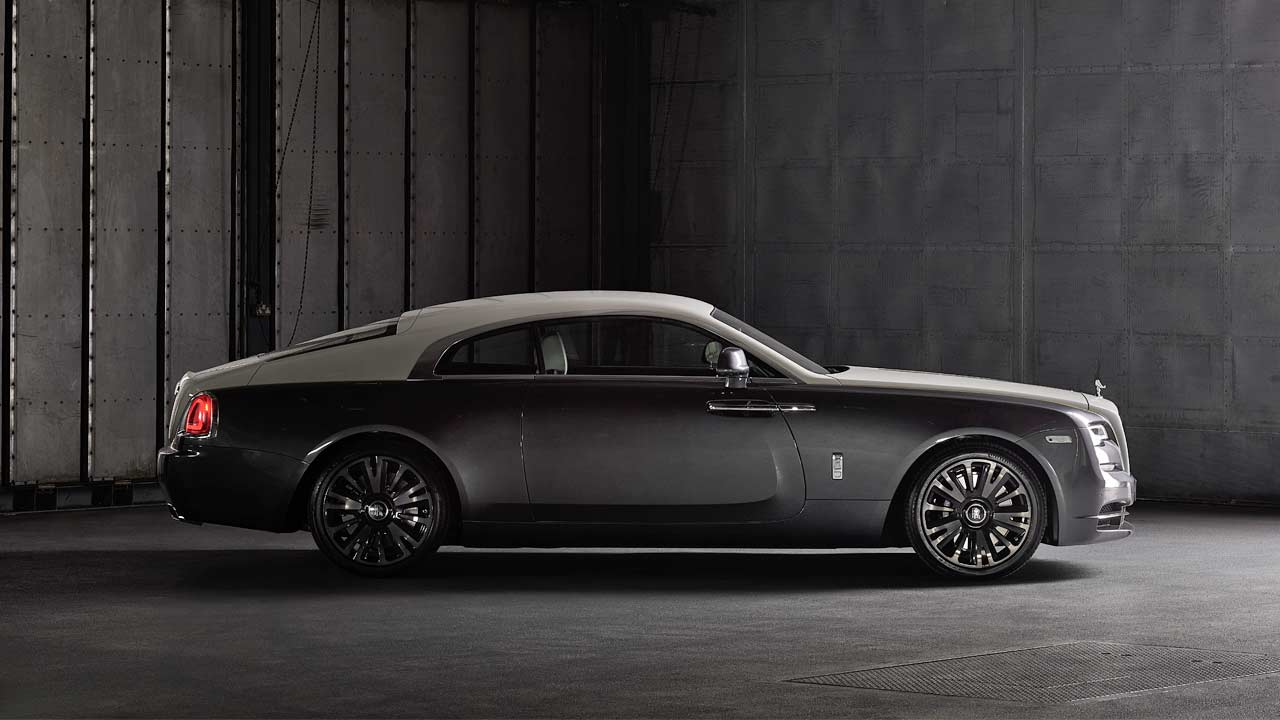
This special Wraith doesn’t have that engine, obviously. What it gets, however, is an exterior swathed in Gunmetal with a Selby Grey upper two-tone, the colours are separated by a brass feature line. The black grille vanes draw immediate reference to the Eagle VIII engine cowling on the Vickers Vimy aircraft, the wheels are part polished with a translucent shadow finish.

The interiors are finished in Selby Grey and black leather, and brass accents. Brass speaker covers depict the estimated flight distance of 1,880 miles (3,025 km) and ‘RR’ monograms are embroidered in brass coloured thread onto headrests. A flash of brass complements the navigator door panniers, whilst the door of the driver includes a brass plaque with Churchill’s quote commending the duo’s remarkable achievements.
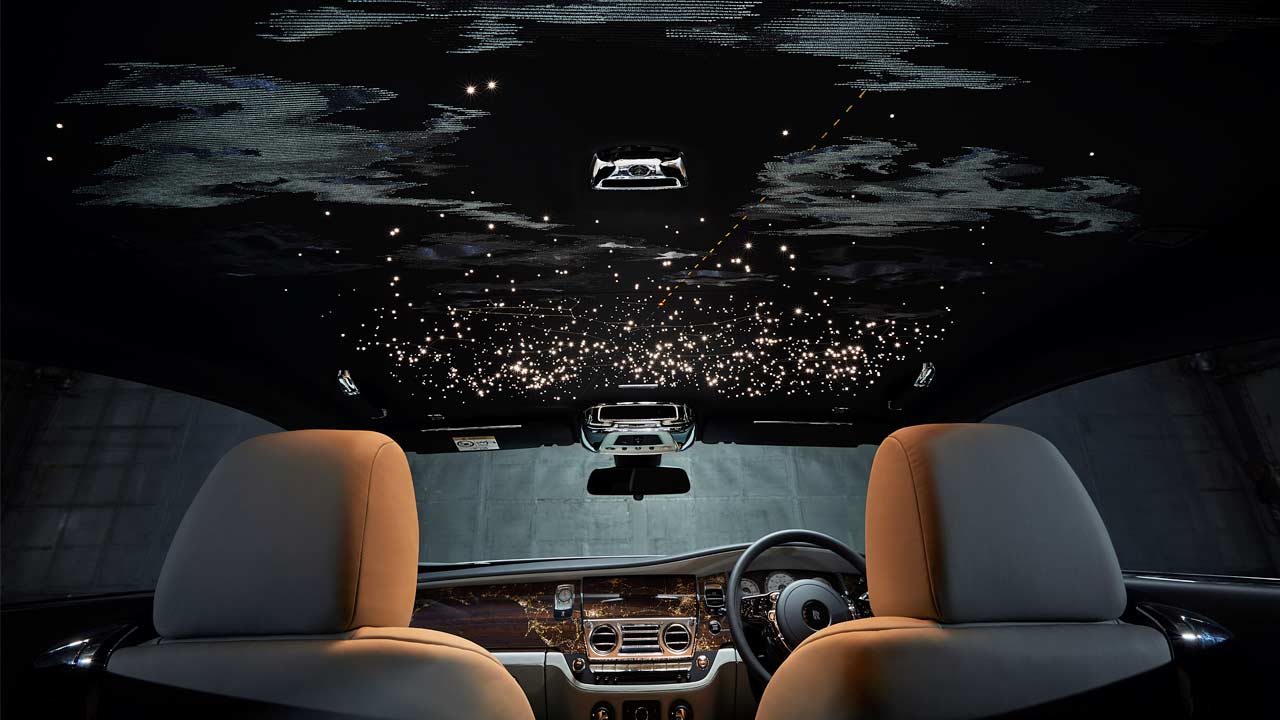
The unique starlight headliner with 1,183 starlight fibres show the celestial arrangement at the time of the flight in 1919, the flight path and constellations are embroidered in brass thread, whilst the exact moment the duo left the cloud to navigate by the stars is indicated by a red fibre optic light. Clouds are embroidered and a plaque reading, The celestial arrangement at the halfway point 00:17 am June 15th 1919, 50” 07’ Latitude North – 31” Longitude West shows the half-way point of the momentous journey.
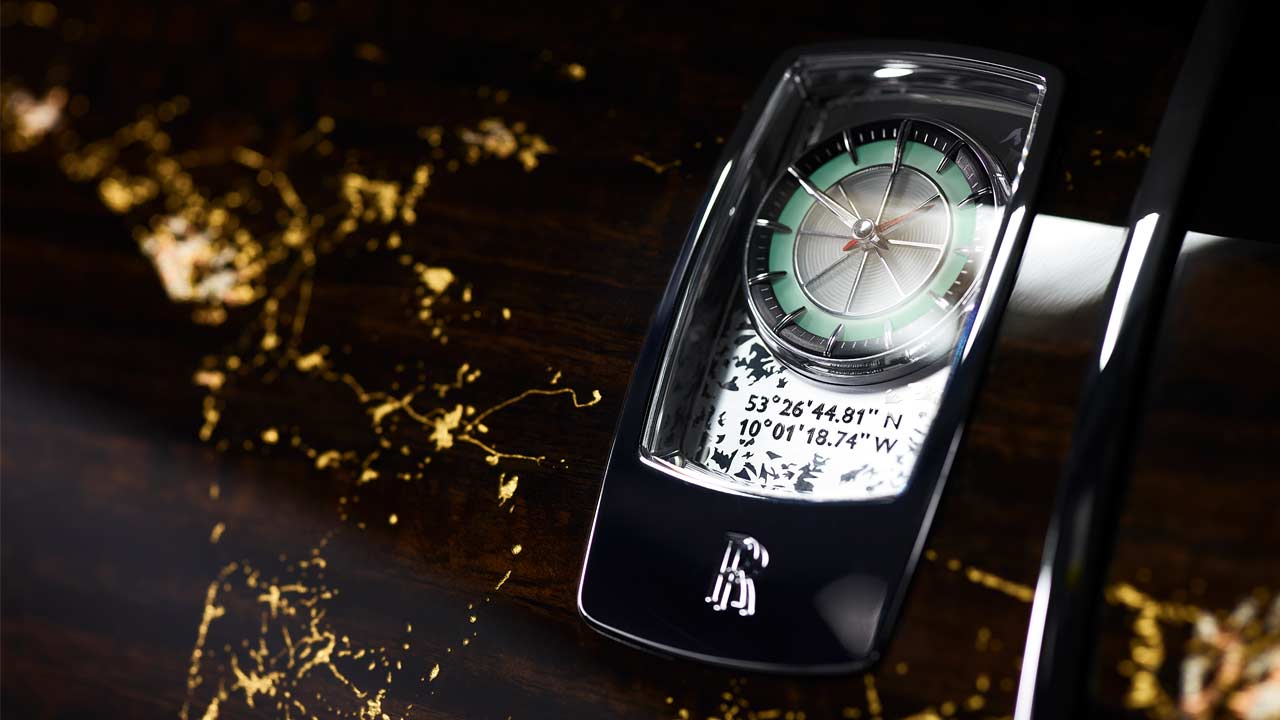
As for the clock, the red hour hand sits atop compass-inspired lines on the fascia, whilst the landing location coordinates are engraved below. It features an iced background effect which glows a faint green in night time driving conditions, mimicking a frozen instrument panel with the only illumination coming from the green glow of the control panel lighting of the aircraft.
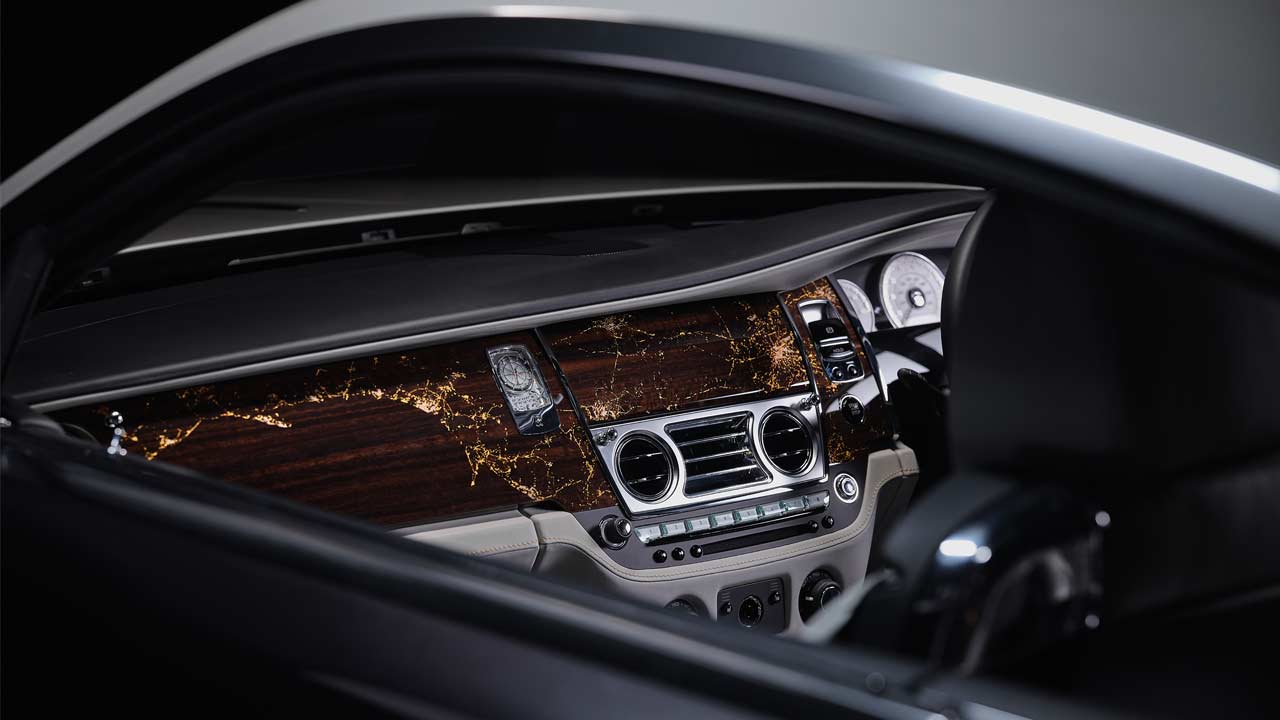
The dashboard’s Smoked Eucalyptus wood is vacuum metalized in gold before being inlaid with silver and copper, to depict that night time flight; the scene extends to the centre console. Below, the brass-stitched quilted sides of the centre tunnel provide a direct nod to the V12 engined Vickers Vimy.
Only 50 units of Wraith Eagle VIII will be produced for the collectors.
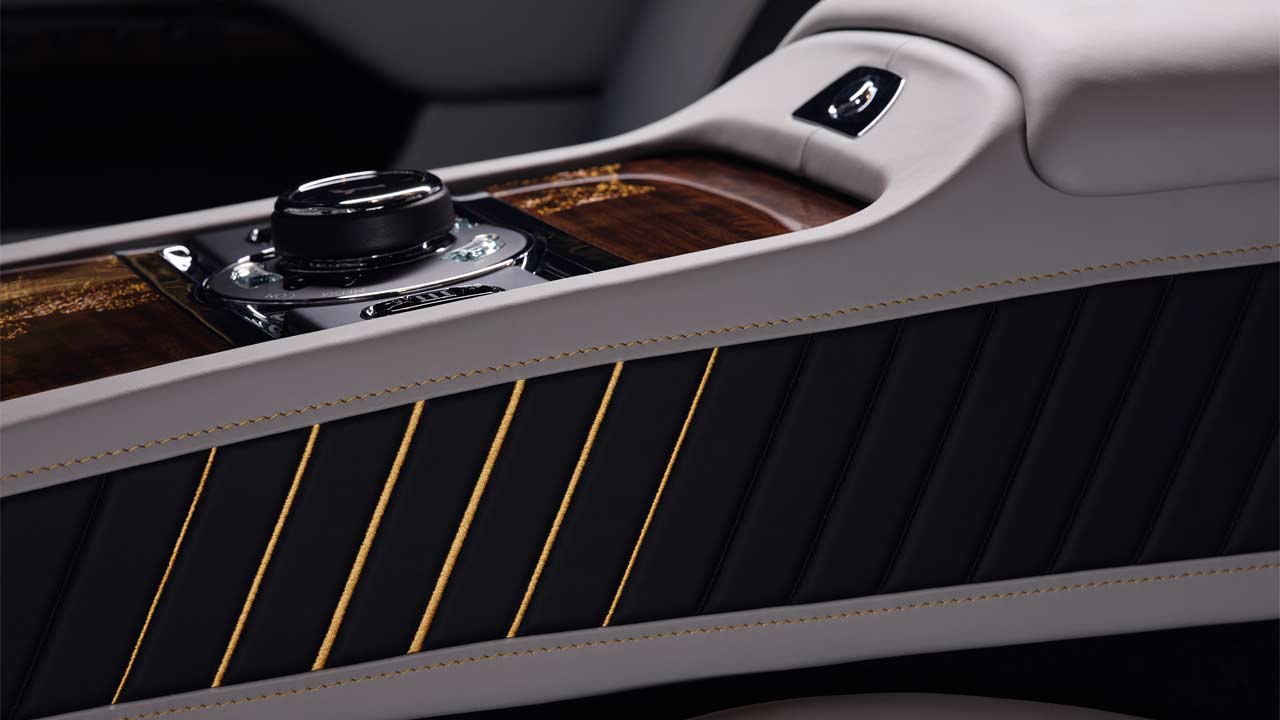
This Rolls-Royce Collection demonstrates the extraordinary skill of our Bespoke Collective at the Home of Rolls-Royce in Goodwood, West Sussex. Bespoke remains the jewel in the crown of the marque, creating luxury items that defy the trend of mass luxury manufacturers using ‘tick-box’ options to answer customer demand – Torsten Müller-Ötvös, Chief Executive, Rolls-Royce Motor Cars

Leave a Reply
Note: Comments that are unrelated to the post above get automatically filtered into the trash bin.
